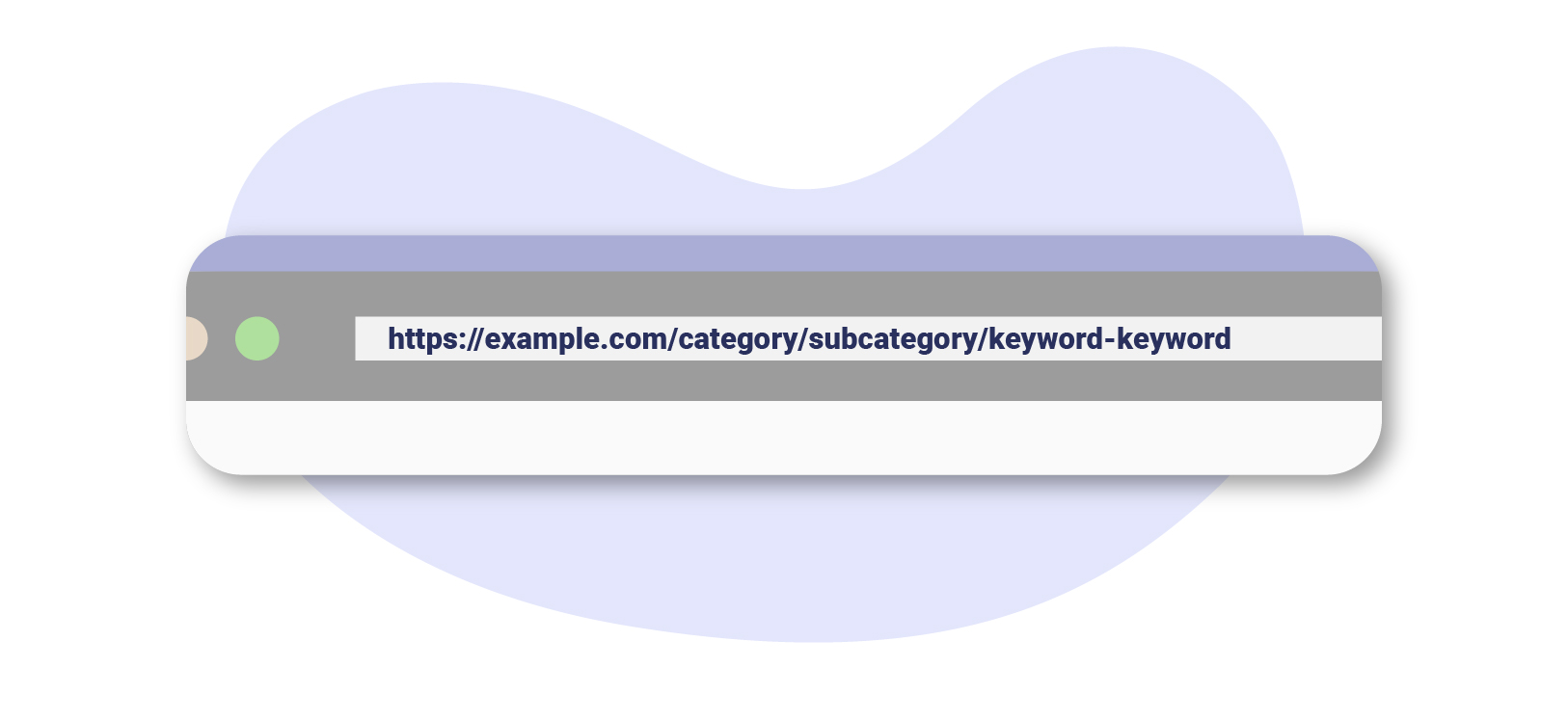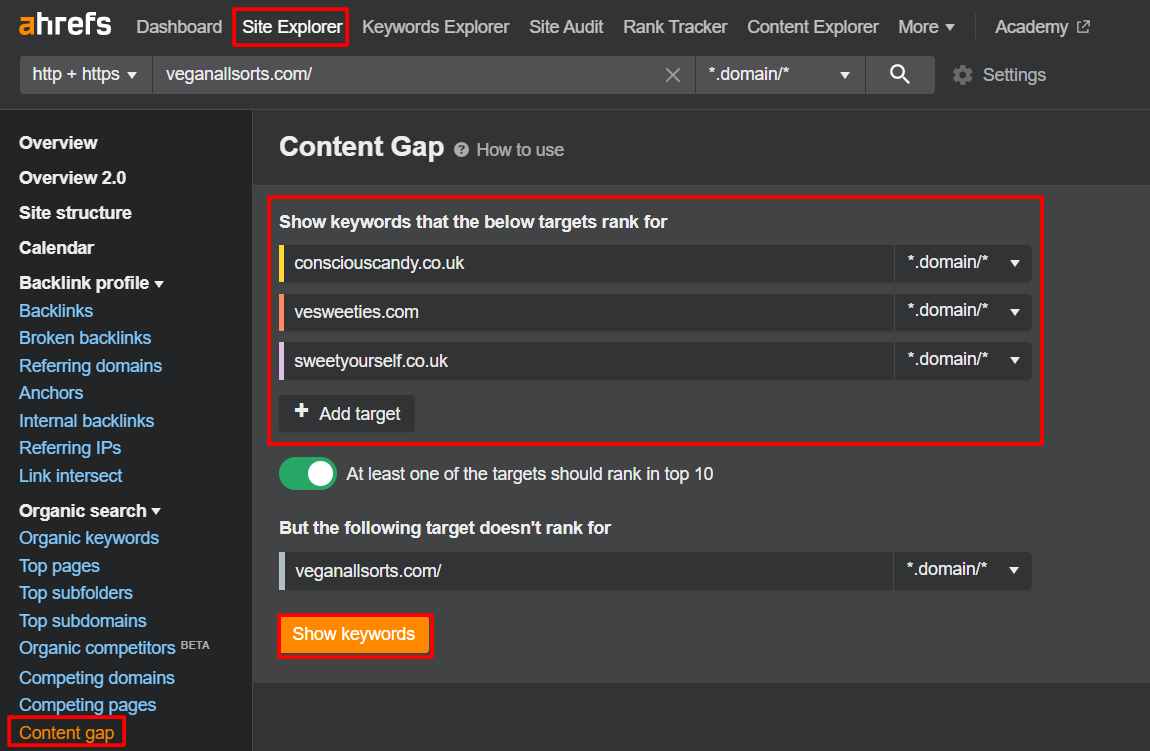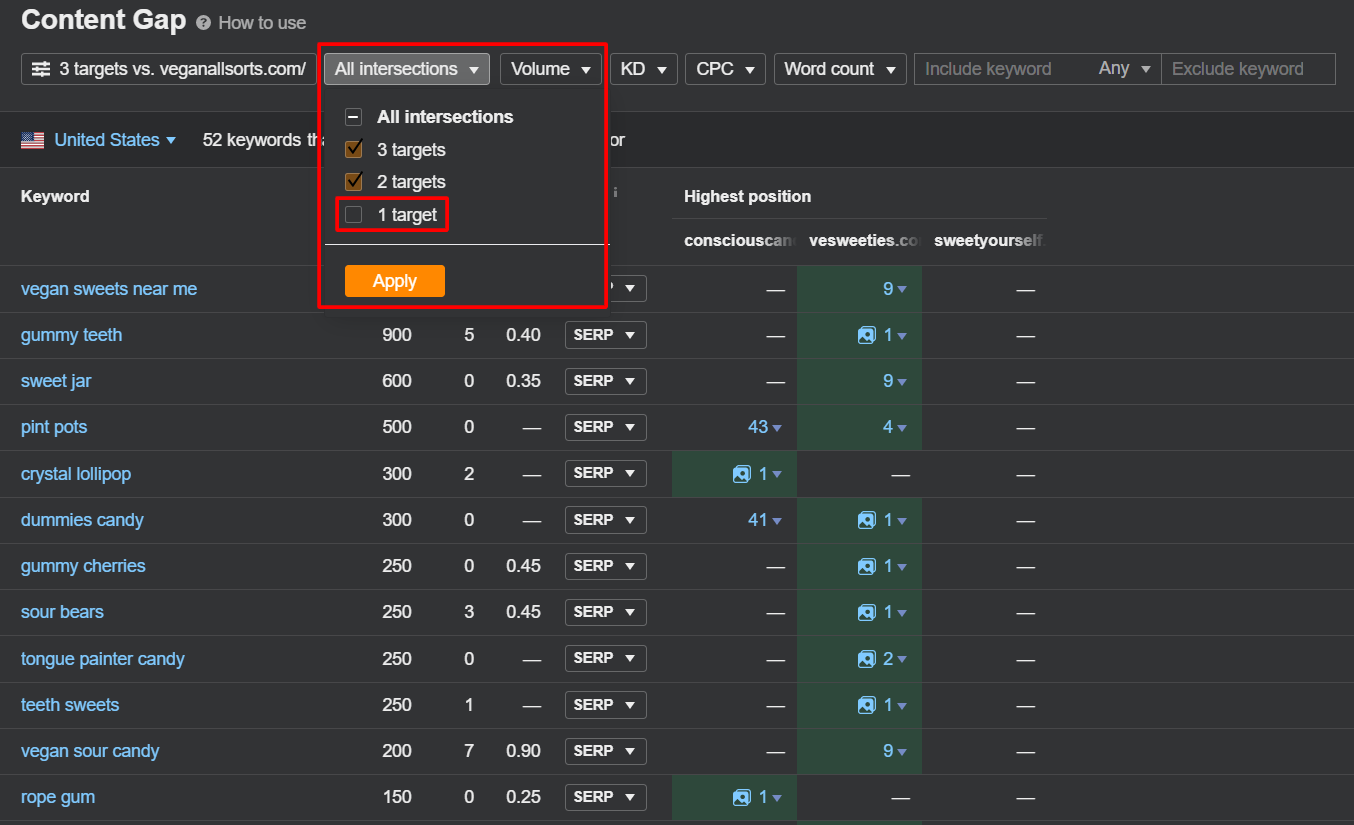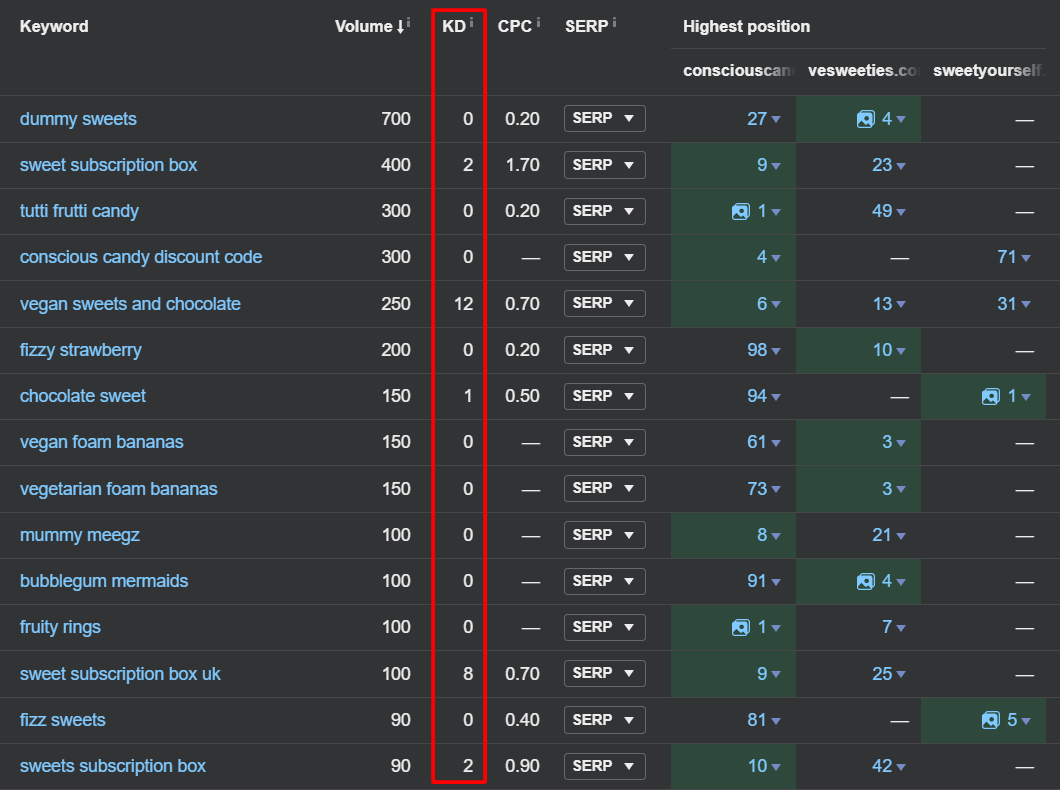Learn how we grew this B2B IT management and cloud services site’s monthly organic traffic by 120.32%.
Disclaimer: As a white label SEO agency, we keep the names of the websites we work on confidential to respect our partners.
Objective:
The main objective of this campaign was to grow the site’s organic traffic which had plateaued when the client joined SUSO.
Website History:
A website offering IT management and cloud services to B2B clients within a range of industries.
The main issues holding the site back:
- The client had many unwanted pages indexed and lacked a logical structure making it more difficult for Google and users to navigate through the site.
- The backlink profile contained a lot of poor quality links that could potentially harm the site’s SEO performance.
- Lack of content targeting both commercial and informational keywords contributed to the stagnation of the client’s organic traffic.
The Strategy
Website Restructuring
While having a strong on-page (content) and off-page (backlinks) SEO strategy are important, you also need to pay attention to technical SEO, which is primarily about making sure that your website performs well, and is easily accessible for Google.
Having a well structured website that’s not just easy for users, but also for search engines to navigate is crucial in improving SEO performance.
Here’s what you need to keep in mind when it comes to creating a user and SEO-friendly website structure:
- Make sure important pages are no more than 3 clicks away from the homepage
- Pay close attention to your main menu navigation
- Make sure that your URLs are clear, concise and consistent (i.e. the follow a structure like the one below)

- Remember to add internal links to and from other relevant pages on your website to improve navigation for search engines and to guide users to important pages
Find out more about site architecture here.
In addition to having a well organised website structure, you should also ensure that the correct pages are being discovered and indexed by Google. Having too many irrelevant and thin content pages (i.e. URLs that offer little value to your visitors) can impact the crawlability of your website. This is because Google will end up spending unnecessary time crawling and indexing these pages, instead of the most important URLs on your website.
Find out more about managing your index and removing unwanted pages from the search results here.
Backlink Profile Rebalancing
Although Google’s systems have become much better at identifying link spam, they’re not perfect and some spammy links may still go through their filters undetected. Therefore, periodically analysing and checking the quality of the backlinks pointing towards your website is an important part of any SEO campaign.
When conducting a backlink audit, you should look at the following:
- The relevance of the referring domains in relation to your website i.e. a link from a gardening website to an eCommerce laptop seller isn’t as natural as a link from a tech review website.
- The anchor texts used to link towards you – are there any questionable anchors that don’t make sense or are over-optimised?
- The number of backlinks from the same domain – most websites only link to you once, so if you see domains that are linking to your hundreds of times, it’s likely link spam.
- A sudden increase in referring domains – this is usually a sign of a negative SEO attack, where someone (usually a competitor) is purposefully building lots of poor quality links to your site.
We found several of these spammy domains linking towards the client’s website with keyword-rich anchors and added them to the existing disavow file. To balance out the link profile, we carried out a link building campaign by securing links from topically relevant websites with a range of branded, URL-based and generic anchor texts.
Advanced Keyword Research
The client’s keyword visibility was plateauing for a while with the organic search traffic seeing very little growth. This was due to a lack of keyword targeting for both commercial and informational search terms.
We focused the keyword research on identifying search terms with low competition but high traffic potential for the client to target. One way to find these keywords is to find content gaps between the client’s website and its top ranking competitors.
This can be achieved using the Content gap report on Ahrefs’ Site Explorer tool.
All you need to do is enter your top ranking competitors (up to 10) and click “Show keywords”.

The tool will show you all of the keywords that you’re missing out on which offers a lot of untapped traffic potential for you to write new content for. However, we recommend filtering the results by clicking on the Intersections drop down and deselecting the option for “1 target”. This means that you will now see keywords where at least two of your competitors are ranking for the keyword.

Pay attention to the keyword difficulty metric which tells you how difficult it is to rank within the top positions for the keyword via a score between 0 (very easy) to 100 (very difficult).

You now have a list of relevant keywords to create new content for.
Content Strategy
Google is actively looking for pages that will provide users with what they’re looking for; which means that your content needs to be written with the user in mind first, instead of the search engine.
Therefore, when creating new content for a web page, the main focus should be on ensuring that the content addresses the user’s search intent for the keywords that you’re targeting. This also involves making sure that on-page meta data such as the title tag, H1 heading, meta description and URL is use-friendly.
Our strategy was to create content that addressed each stage of the user funnel by optimising and publishing new content on the category and service pages with content that addresses the search intent of commercial keywords. This involved making sure that we added as much information as possible about the client’s offerings.
We also created supplemental content on the blog to target long-tail keywords with an informational intent so that we could capture users at the research stage of their journey. This also presented an opportunity to showcase the client’s experience, expertise and authority as a credible source of information within their field.
The Results
Based on the strategies highlighted above:
- The number of new users increased by 131.64% from 2,709 to 6,275
- The number of sessions increased by 120.32% from 3,579 to 7,797
On top of this, the number of keywords that the client is ranking for in the top 10 positions of the search results grew from 150 to 477 – an increase of 218%.

Blog
Always curious. Always learning.

My 6 Week Trip to SUSO’s Poland Office: Lewis Parker
I’m Lewis, the Head of Client Success here at SUSO. Here’s my little story of a trip to work in our Poznan office, discussing the work I focused on with our team, my exploration of the city, and also the wonderful people of Poland and their kindness in the face of a terrible war.

5 Must-Have Content Writing Tools For SEO
We’ve put together a list of the 5 must-have content writing tools that’ll help take your SEO content to the next level.

What Does Company Culture Mean in SUSO?
Find out what it’s like to work at SUSO Digital and get an insight into our company culture.


